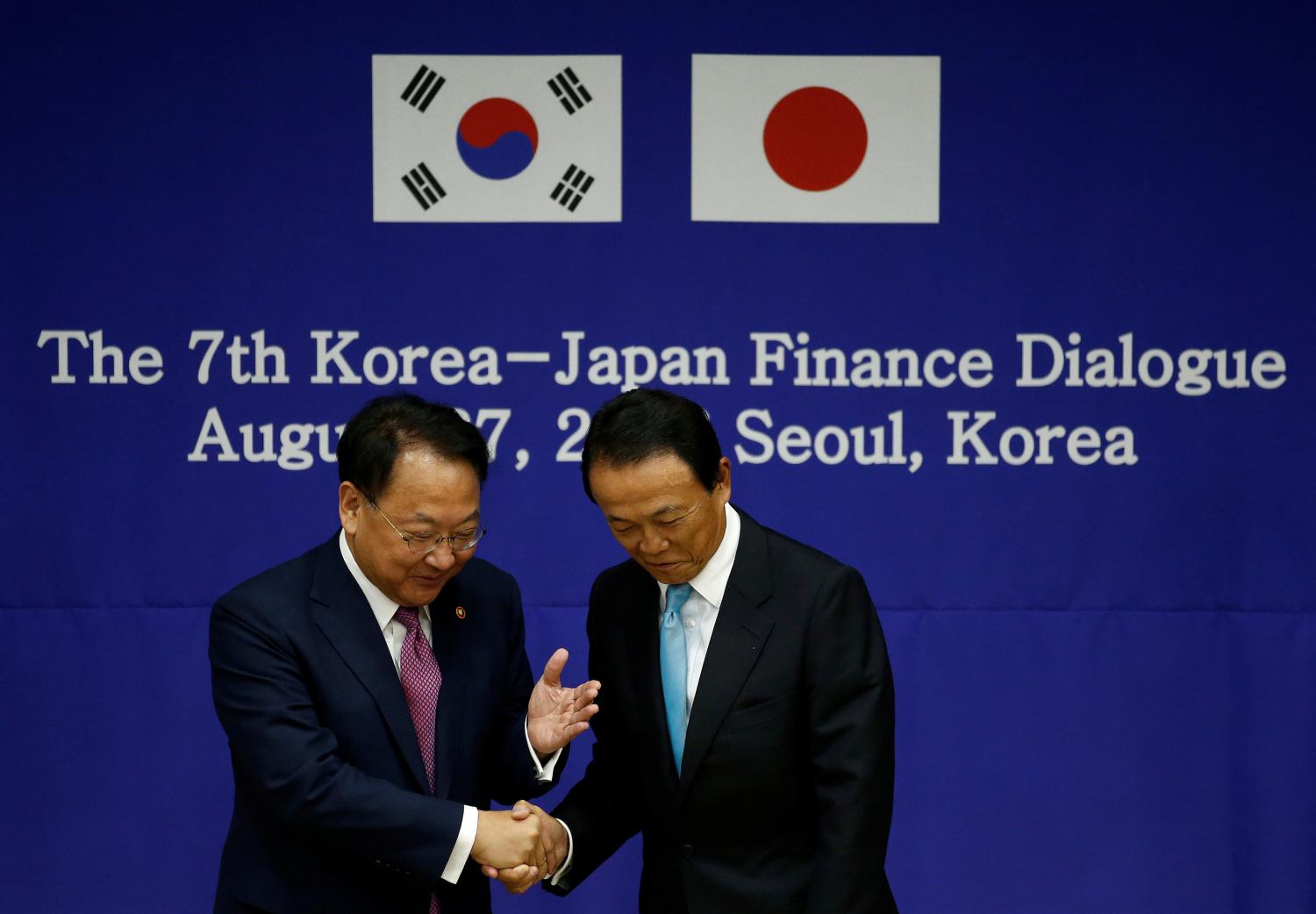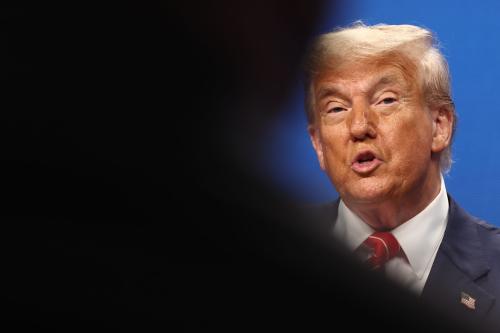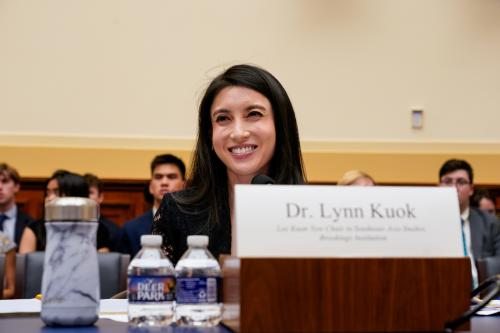From the time protests in China began attracting our attention in the late 1990s, foreign observers have wondered how great a challenge they could constitute to the regime, and how effectively the regime would cope. The questions of “what is possible?” and “what is likely?” in China’s political future have recently been revived by the publication of such high profile, compelling books as James Mann’s The China Fantasy and Pei Minxin’s China’s Trapped Transition which forecast, respectively, an enduringly oppressive Chinese autocracy and a China spiraling into corruption and decay.
China’s recent protests do indeed show many signs of a serious threat: their sheer volume and growing organizational sophistication, the willingness of many protestors to resist police repression, and the often stunning speed with which many return to the streets even after suppression. Less than a year after police opened fire slaying between six and twenty protestors in the southeastern village of Dongzhou, some press reports indicated local citizens took to the streets again recently. For those of us who remember the years of public passivity that followed the 1989 Beijing massacre, such resilience stands in stark contrast.
At the same time, Chinese government success in limiting the protests has been no less impressive. Since 1989, no demonstrations have even approached Tiananmen in scale, few protestor demands openly challenge Party rule, and a full 25 years after Solidarity emerged in Poland, there is still no nationwide or regional Chinese group that has emerged to lead and sustain protests.
In 2005-2006 the leadership—stung by an official total of over 74,000 demonstrations in 2004—demanded that its provincial Party and security officials produce major decreases in the protests over the next two years. The outlines of a broad internal security strategy were soon evident.
- Beijing pressured local officials to bottle up protests locally. It published nationwide rankings of the provinces with the most petitioners who brought their cases to Beijing, and enacted “petitioner responsibility systems” that punished officials if petitioners from their localities came to the capital, or if local conflicts turned into major protests.
- The media were admonished not to report on protests without permission.
- Police forces were urged to continue trying to master the new arts of containing and managing large crowds of protestors with minimal violence, so as to avoid enraging protestors into retaliation.
- Beijing has attacked itinerant petition organizers—actively by detaining them, and passively by declining to punish local governments who hire thugs to beat or kill them.
- Beijing launched, with considerable fanfare, several companion policy initiatives designed to attack major causes of unrest and to demonstrate that the Party could be responsive without undertaking additional major political reforms—including promised increases in rural education, and crackdowns on corruption, illegal land seizures, and high taxes and fees on peasants.
In response, many provincial police departments have recently claimed (literally) incredible downturns in protests during 2005 and 2006—one prosperous coastal province reported a 90% decline during 2005 alone. It is hard to contain one’s skepticism that these reported dramatic decreases might be “cooked” like the equally sharp decreases in crime statistics that local officials claim whenever Beijing launches an anti-crime campaign. After all, if provincial officials were always capable of producing 60%, 70%, or even 90% decreases in one year, why did they “permit” a decade-long increase in protests to begin with? Alternatively, even if these decreases in protest are authentic, are they sustainable, or just the result of policies that will simply defer protest to another day?
The more fundamental question is whether the high levels of protest we have seen in the past 7-10 years represent yet another temporary cycle of popular political activism that will fade? Or will they continue, but merely as a chronic nuisance to Beijing? Or do they represent a fundamental and more or less permanent shift to a more combative Chinese political culture that could emerge as a major threat to the stability of the regime?
Since I lack Messrs. Mann and Pei’s certainty about the future, I will simply argue that we need to monitor six or so key questions that will largely determine the future of popular unrest in China and the level of threat it poses to the Communist state:
- How long will China’s people continue blaming local officials for their problems rather than Beijing and the larger system? To prevent protests from transforming from into an existential threat to the regime, Beijing has struggled to keep protestors divided and localized. Both Hu Jintao and Jiang Zemin’s governments have encouraged citizens to believe that Beijing cares about their problems, and that their real tormentors are a “very small number” of grasping, insensitive local officials. To date this strategy of scapegoating local leaders has worked brilliantly. But experienced observers of social discontent increasingly report signs that this faith in the Central government is eroding. In particular, petitioners who have tried appealing their demands to Beijing are leaving deeply disillusioned by the recent iron-fisted campaign that forces them to return home and continue confronting their local oppressors. Increasingly, according to Berkeley’s Kevin O’Brien and others, petitioners are concluding that “All crows (officials) are equally black.”
- Is the Party’s capacity to dominate social organization permanently fraying? Unquestionably, one of the Communist Party’s most important successes remains its capacity to prevent the rise of any large-scale organized, rival political party or union. But short of this, the recent emergence of a large number of itinerant, free-lancing “rights defender” (weiquan) petition organizing consultants and lawyers is an intriguing trend, and the Party’s recent crackdown on them reflects its understanding of their potential importance. Foreign analysts must reflect hard on how great a step these “rights defenders” represent along the road toward a society that is more autonomously organized politically.
- Can China’s security forces master disciplined protest containment? China’s security experts have recognized the danger that crude, unprofessional repression risks exacerbating popular tension and causing protests to spin out of control. But disciplined, uniform, restrained policing techniques are difficult to master and in many ways play into the greatest weaknesses of China’s police forces. They also require much larger police to citizen ratios, expensive training and equipment, higher recruitment standards, and probably higher police salaries. While there is evidence that China’s richest and most politically sensitive localities such as Beijing, Shanghai and Guangdong are coming up with these funds and training, for many rural areas this could further strain already overtaxed local finances.
- Can a single authoritarian party learn to discipline itself? Even the government’s own internal statistics indicate that some of the fastest rising causes of unrest are the result of China’s massive failures of governance, corruption, and weak rule of law. These include officials seizing land from peasants illegally or without appropriate compensation, local governments who cannot or will not force enterprises to pay workers the wages they are owed; and ubiquitous violations of environmental regulations by politically well-connected polluters. But Beijing fears prospective protest leaders more than the abuses that breed protest. It is cracking down on exactly those citizen activists, investigative journalists, scholars, and NGOs who could otherwise be its indispensable allies in monitoring and fighting malgovernance. I can find no historical precedent for a authoritarian government in a large country that successfully rooted out corruption by relying entirely on its internal government systems without enlisting support by an engaged public (I do not believe the case of tiny Singapore is relevant to continental-sized China). But this is precisely the gamble Hu Jintao is making as he confronts the major causes of popular unrest in his country.
- How long can the Party leadership maintain its unity in the face of mounting unrest? Among the most fundamental lessons Party leaders drew from the 1989 protests was what might be called the “Zhao Ziyang lesson” after the late Party chief who was dismissed for being “soft” on student demonstrators. The “Zhao lesson” is that leadership splits and appeals to public support in the face of mass protest could be deadly for Leninist regimes—encouraging “the mob” to believe that by continuing to press its demands, it could pick the winner in a factional struggle. Since 1989 the “Zhao lesson” has served the leadership well, transforming its common obsession with order into a powerful norm of public unity. Although the leadership still lacks true legal institutions to govern its struggles over power and policy, it has relied on its fear of disunity to keep a check on profound disagreements over the best way to deal with the crises sparked by reform and development. The result has been nearly twenty years without the spectacle of a classic, winner-take-all Leninist power struggle. But this leadership “consensus” seems increasingly unnatural in a society changing as fast as China is, and has encouraged leaders to “kick the can down the road” rather than confront many thorny policy dilemmas. With the human and environmental costs of development becoming more stark every day, and citizens increasingly convinced that public protest is the most effective way to force their leaders to deal with these problems, one must ask: How long can the Beijing leadership rely on the “Zhao lesson” to avoid some truly necessary major, open policy debates in the name of unity? And how long will it be before another senior power contender finds subtle ways to appeal to the streets for support?
- Are the Chinese people gradually losing their fear of the state? In 1989 Deng Xiaoping administered a brutal lesson in social calculus—that the risks and dangers of engaging in protest far outstripped anything that could be gained by it. Several recent trends lead us to wonder how fast the Chinese people are unlearning that lesson. Officials report increasing physical resistance to security officers, and if government statistics are to be taken seriously, there may be more than ten million Chinese citizens who have had the experience of taking part in a protest over the past decade without suffering any serious consequence. Police claim that citizens increasingly voice the belief that “unless one creates a disturbance, one cannot get an effective solution.” If it is literally true that a growing number of Chinese believe protest is the only way to solve one’s problems, then the Chinese Communist Party may be well on its way to a mounting crisis of faith in governance, and perhaps a failure in social deterrence as well.
The Brookings Institution is committed to quality, independence, and impact.
We are supported by a diverse array of funders. In line with our values and policies, each Brookings publication represents the sole views of its author(s).




Commentary
Op-edCan China Contain Unrest? Six Questions Seeking One Answer
March 1, 2007